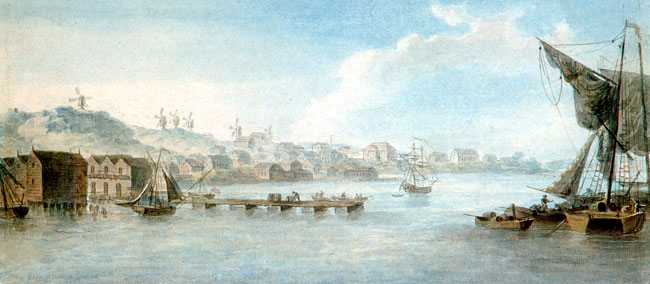|
Loviisa
Loviisa (; sv, Lovisa ; formerly Degerby) is a municipality and town of inhabitants () on the southern coast of Finland. It is located from Helsinki and from Porvoo. About 43 per cent of the population is Swedish-speaking. The municipality covers an area of of which is water. The population density is . The neighboring municipalities of Liljendal, Pernå and Ruotsinpyhtää were consolidated with Loviisa on 1 January 2010. Loviisa was founded in 1745, as a border fortress against Russia. Most of the fortifications have been preserved. Loviisa was originally called ''Degerby'', but king Adolf Frederick of Sweden renamed the city after his spouse Lovisa Ulrika after visiting the town in 1752. Loviisa is the site of two of Finland's nuclear reactors, two VVER units each of 488 MWe, at the Loviisa Nuclear Power Plant. The other operating reactors are at the Olkiluoto Nuclear Power Plant. History 18th century The town of Degerby was founded on the grounds of the ... [...More Info...] [...Related Items...] OR: [Wikipedia] [Google] [Baidu] |
Loviisa Nuclear Power Plant
The Loviisa Nuclear Power Plant (NPP) ( fi, Loviisan ydinvoimalaitos, sv, Lovisa kärnkraftverk) is located close to the Finnish town of Loviisa. It houses two Soviet-designed VVER-440 PWR reactors, with capacities of 507 MW each. It is one of Finland's two operating nuclear power plants, the other being the three-unit Olkiluoto Nuclear Power Plant. History The reactors at Loviisa NPP went into commercial operation in 1977 and 1981 respectively. To comply with Finnish nuclear regulation, Westinghouse and Siemens supplied equipment and engineering expertise. This unorthodox mix of Western and Soviet enterprise led to the project developers being given the nickname "Eastinghouse". The plant is operated by Fortum Oyj. In 1996, the pressure vessel of Unit 1 was successfully heat annealed in order to clear embrittlement caused by neutron bombardment and impurities of the welding seam between the two halves of the vessel. The operating licence for both units has bee ... [...More Info...] [...Related Items...] OR: [Wikipedia] [Google] [Baidu] |
